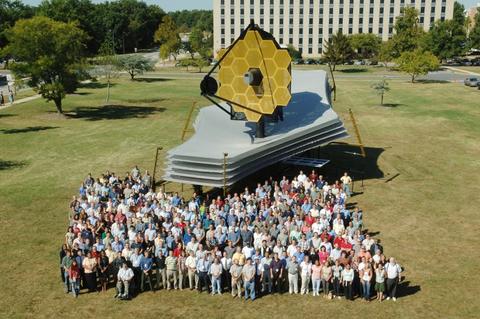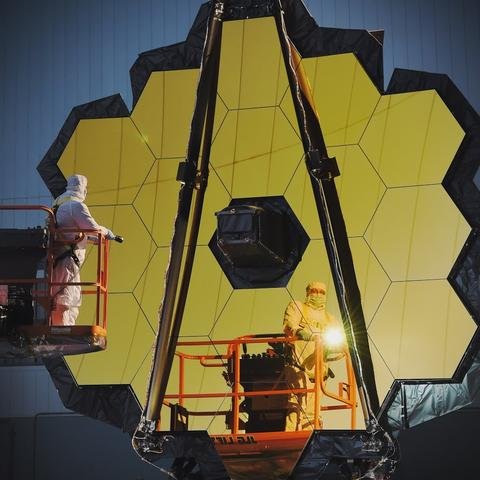Welcome back to the blog!
For this entry of Space Matters, we're taking a look at an incredible project years in the making, the James Webb Space Telescope. Scheduled for launch in late 2018, Webb will reveal a universe we have never seen before and is poised to answer questions that have intrigued us for thousands of years: How did the universe begin? Where did we come from? Are we alone?

In development since 1996, the project represents an international collaboration of the European Space Agency, Canadian Space Agency and teamwork from members of other countries although led by NASA in the U.S.A. The telescope is named after James E. Webb, the second administrator of NASA, who played an integral role in the Apollo program. The James Webb Space Telescope was originally called the "Next Generation Space Telescope," or NGST. It was called "Next Generation" because Webb will build on and continue the science exploration started by the on-orbit work of the Hubble Space Telescope. Discoveries by Hubble and other telescopes have caused a revolution in astronomy and have raised new questions that require a new, improved, and more powerful orbital space telescope.
JWST will offer unprecedented resolution and sensitivity into the infrared wavelengths of light. While the Hubble Space Telescope has a 2.4-meter (7.9 ft) diameter mirror, the JWST features a larger segmented gold 6.5-meter-diameter (21 ft 4 in) primary mirror and will be located near the Earth–Sun L2 point. To see deeply into the infrared a large multi-layer sunshield will keep its mirror and four science instruments below 50 K (-220 °C; -370 °F). JWST's capabilities will enable a broad range of investigations across the fields of astronomy. One particular goal involves observing some of the most distant events and objects in the universe, such as the formation of the first galaxies. In the deep dark of outer space these types of targets are beyond the reach of current ground and space-based instruments. Ground telescopes and unshielded orbital telescopes glow themselves, from the internal heat within the instruments. Another goal is furthering our understanding of the formation of stars and planets. This will include direct imaging of supernovas, extra-solar objects, such as exoplanets - the worlds around other stars, that could be brought to life with vivid detail through the imagery provided by The James Webb Space Telescope.

NASA has described JWST as the scientific successor of the Hubble Space Telescope, but not a replacement, because the capabilities are not identical and the Hubble will not be taken offline. JWST has an objective lens large enough to see high-redshift objects, typically both older and farther away than previous instruments could assess. This radical design for JWST will put it beyond the capabilities of all other telescopes currently in operation.
We'll be keeping an eye on the development and launching of this monumental project and you should too, as we seek to expand our knowledge of the cosmos collectively as a species. We'll have more to come, thanks for reading!
Hi, I found some acronyms/abbreviations in this post. This is how they expand:
Downvoting a post can decrease pending rewards and make it less visible. Common reasons:
Submit